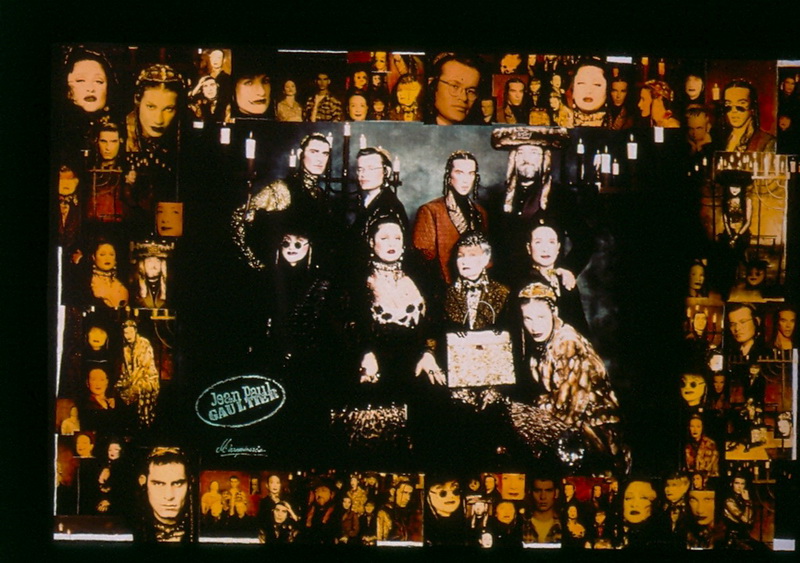The other side of Jean Paul Gaultier, fashion's enfant terrible
Last week saw the opening of the Jean Paul Gaultier exhibition, The Fashion World of Jean Paul Gaultier: From Sidewalk to the Catwalk at the Barbican, a major retrospective of the iconic Gallic designer bringing 165 pieces together under one roof.
As the trademark sailor stripes – especially put up for the occasion - adorn the concrete towers of the Barbican, it has been almost thirty years since Gaultier started out solo in the fashion industry in 1976.
A controversial but seminal trendsetter in 80's and 90's, Gaultier has transformed the way we think about fashion. It is easy to be overwhelmed by the sheer volume of his work, not least because of the rich symbolic and visual representations spanning from Ancient Rome to modern-day popular culture and because of its seismic impact on gender and popular culture.
Launched alongside the retrospective, the Fashion Space Gallery at the London College of Fashion plays host to a unique satellite exhibition, Jean Paul Gaultier: Be My Guest.
Be My Guest focuses on an oft-overlooked aspect of Gaultier's creativity, namely his graphic design work. From the beginning of his career, Gaultier has designed the invitations to his catwalk shows and devised the advertising campaigns which have shaped his brand's image.
For the first time, this eclectic collection of show invitations and advertising material has been brought together by curators Thierry-Maxime Loriot and Alison Moloney.
The documents explore the themes which have led to Gaultier's reputation as fashion’s enfant terrible and remind the visitor of the designer's multifaceted talent.
In exploring the boundaries between haute couture and streetwear, established notions of masculinity and femininity, Gaultier has been and continues to be influenced by a broad range of media.
As likely to cite Frida Kahlo as he is Madonna, for whom he created the iconic cone bra corset, Gaultier is a master of capturing mood and reworking its aesthetic, resulting in surprising mash-ups and confounding past and present.
The piece that opens the exhibition, a poster from his spring summer 1995 women's pret-a-porter collection 'Fin de Siecle' creates an end-of-era opulence amid neon lights.
'Gaultier grew up watching television,' points out Moloney. 'And that later, of course, resulted in [his television show] Eurotrash. His work reproduces dazzling graphic images that are not altogether real.'
Much of Gaultier's graphic work appears centred around clearly homoerotic themes but, as Moloney reminds us, 'Gaultier was always surrounded by strong women who he credits as one of his biggest inspirations'.
His models may 'wear cropped tops but simultaneously sport Dr Martens,' she says.
Investigating gender has always been a key part of Gaultier's subversive play. One need look no further than his spring/summer 1985 collection, 'Une Garde Robe Pour Deux' (‘A Wardrobe for Two’) for his groundbreaking approach to sexuality in which men wore skirts and make up.
He famously eschewed conventionally beautiful models for figures of unique beauty including older men and full-figured women, pierced and heavily tattooed models.
No one in his collections surrenders to clear-cut ideas of identity, sexuality, or for that matter, fashion.
The documents at Be My Guest remind us how seminal Gaultier was in reflecting and reshaping issues of gender identity - and how clothes can be just one part of a wider story.
Jean Paul Gaultier: Be My Guest is on now at the Fashion Space Gallery, first floor, 20 John Prince's Street W1G 0BJ till May 31, 2014.



